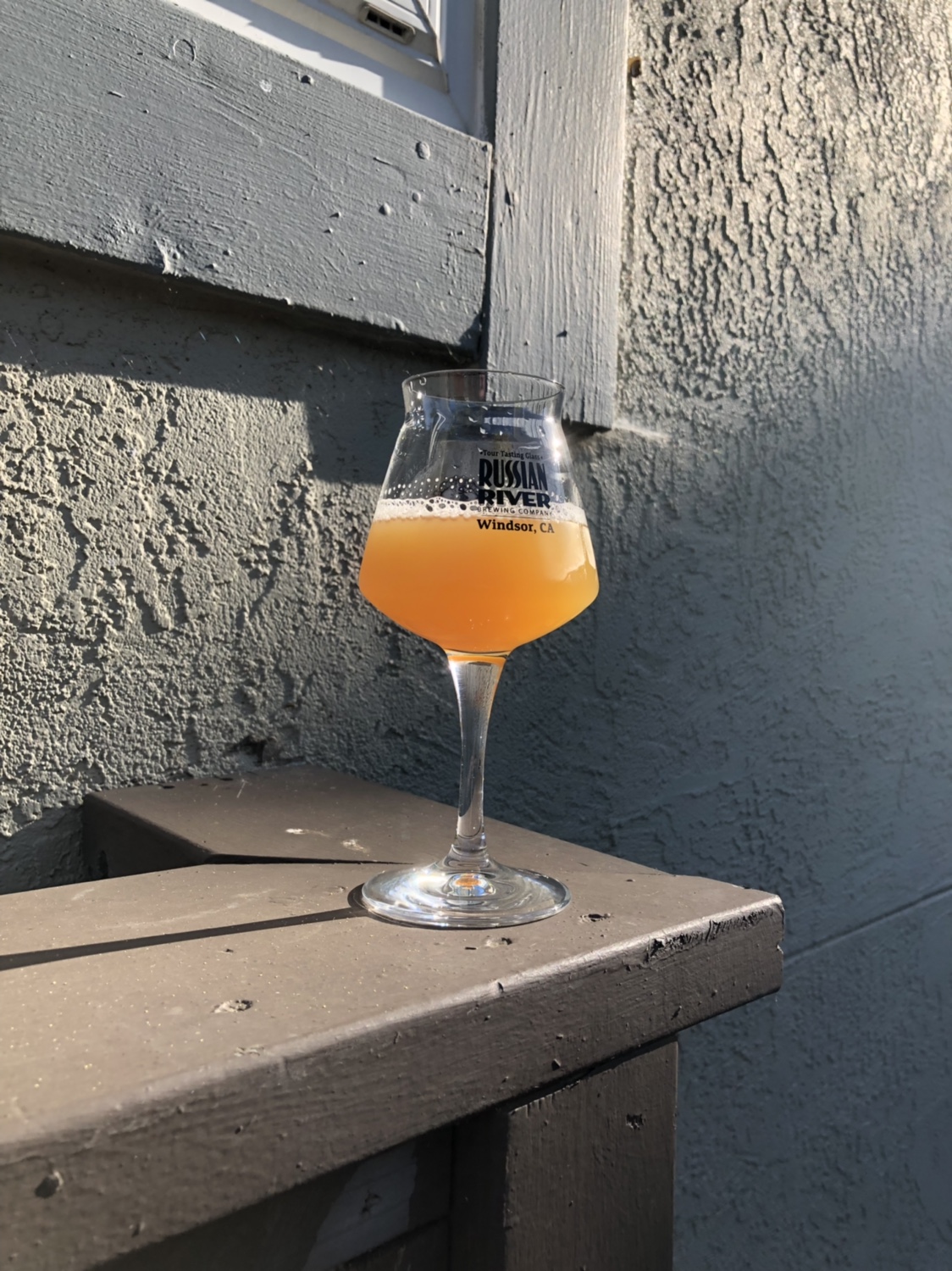Just kegged a NEIPA after a 20 day fermentation (brewed with Grainfather). Prior to kegging the beer had a nice bright yellow/orange color, a strong aroma (citra & amarillo) and juicy flavor (although with some harsh aftertaste).
24 hours in the kegerator, under CO2 pressure, and it pours a sickly milky yellow color, totally opaque, with minimal aroma and the harsh tastes predominate.

Where did I go wrong?
I did clean both the keg and the lines with PBW and then with Starsan, and then rinsed with water prior to filling. Also did my best to release oxygen from the tank prior to pressurizing.
24 hours in the kegerator, under CO2 pressure, and it pours a sickly milky yellow color, totally opaque, with minimal aroma and the harsh tastes predominate.

Where did I go wrong?
I did clean both the keg and the lines with PBW and then with Starsan, and then rinsed with water prior to filling. Also did my best to release oxygen from the tank prior to pressurizing.







